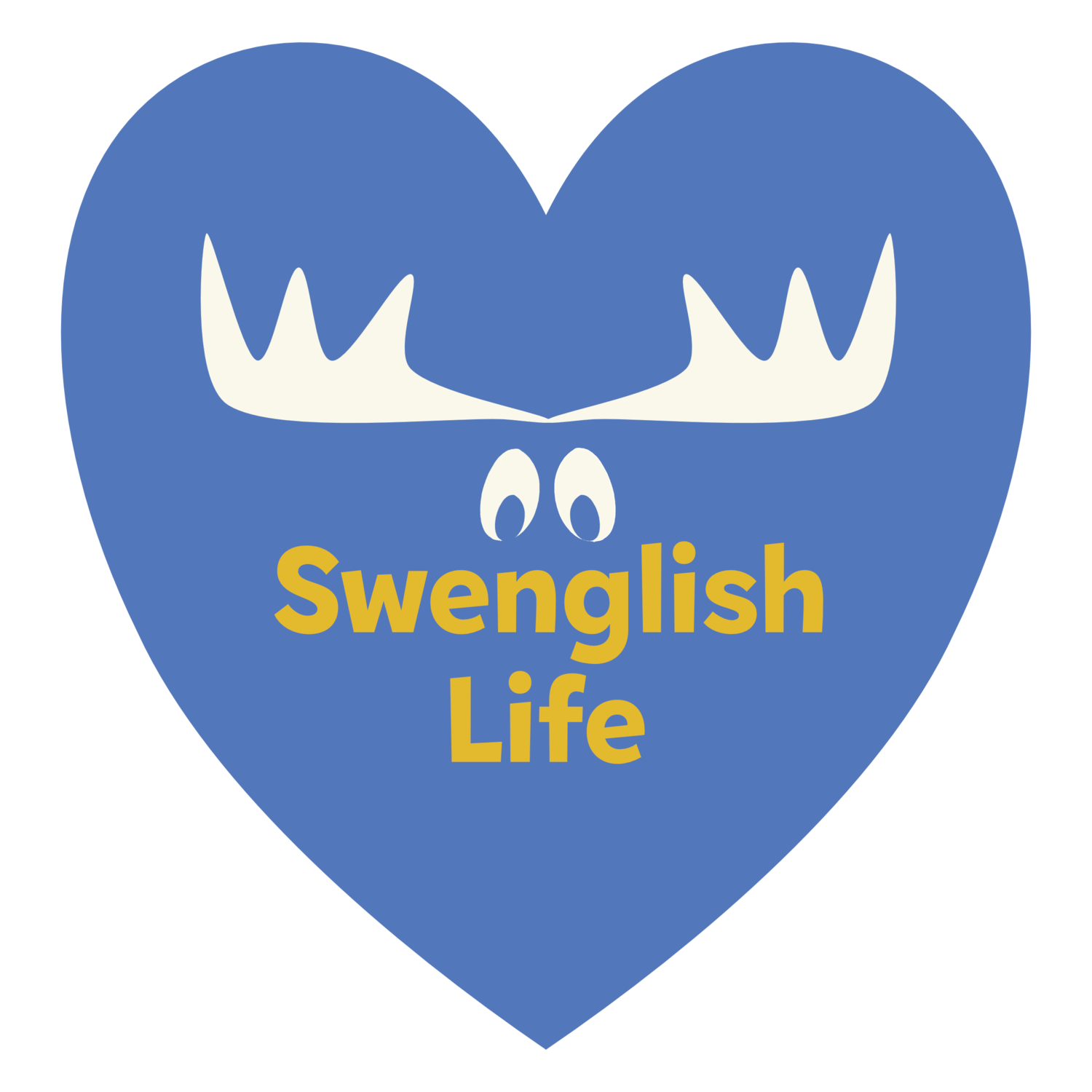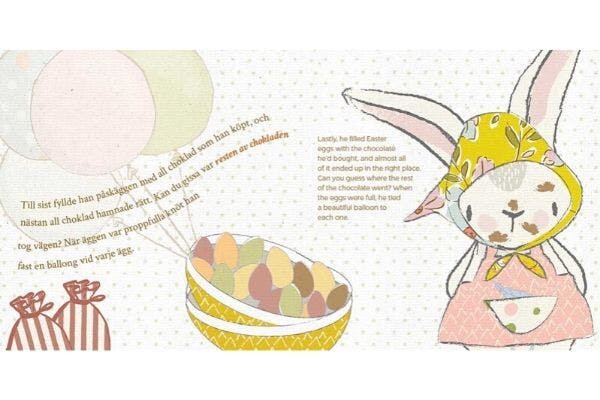How to Supercharge Swedish Storytime with Bilingual Books
What’s storytime like in your house? Do you pick the shortest books to get it over and done with at bedtime?
Or do you scramble to translate books into Swedish on the spot, only to realise that rhyming books are better left in their original language?
Or are you a bookworm like me who’s really looking forward to storytime and probably spend waaay too long reading with your kids? (just ask my husband - he is still wondering how I can take so long to read just three books!).
Whatever your reading style, the more you talk and read together, the faster your kids’ Swedish vocabulary will grow.
And I hope that some of my reading tips below might help you position learning Swedish as something fun, and story time becomes something to really look forward to
5 tips to supercharge your bilingual kids’ story time to learn more Swedish:
1. The first trick to storytime is that it’s not all about reading - it’s about bonding, relaxing and building your children’s language skills and imagination. Make enough time for reading, whether that means fifteen minutes or an hour for your family.
Make sure you’re away from distracting TV screens and mobile phones. Cuddle up somewhere cozy and pick up a book. This is YOUR time together.
2. You can read my bilingual books to your kids in any way that suits your child’s language level. For example, You could read the entire book in both languages in one sitting if they’re really new to Swedish. Or you could read it in Swedish, while your non-Swedish-speaking partner reads it in English.
If your kids are pretty fluent, then of course dive right in and stick to Swedish (although the rest of your family can of course still read in English if they want). Do what feels right - and over time your kids will pick up the vocabulary.
Image from the book ‘Påskfesten - the Easter Party’ by Linda Liebrand
3. Use the books as conversation starters. For example, if you’re reading my book ‘The Easter Party - Påskfesten’ - then tell the kids about how you used to dress up as an Easter witch as a child, and just how much chocolate was in your Easter egg..
Or if you’re reading ‘My First Book About Sweden - Min första bok om Sverige’, then why not explain about ‘allemansrätten’ and how you used to go foraging for mushrooms, or blueberries when you lived in Sweden.
The books are a starting point for sharing your own stories. Your own stories make the culture and traditions come to life for your kids who haven’t lived in Sweden.
Gorgeous images from ‘Min första bok om Sverige - My First Book About Sweden’ by Linda Liebrand
4. Look at the pictures and talk about them. Ask questions in Swedish like ‘can you find a Dala horse’, ‘what else can you see?’, ‘how many trolls can you count?’. Encourage them to speak as much Swedish as possible. Then when you think they know the words, flip it around and point at the pictures and ask ‘what’s this?’. If they reply in English, say something like ‘yes, and what’s it called in Swedish?’
How many Dala horses can you count? From the book ‘Räkna med Sverige - Counting Sweden’ by Linda Liebrand
5. Dare to be a bit silly sometimes. A favourite game in our house is when mummy says something really silly. Whenever I know my little boy knows the words of a story so well that he’ll notice if I change things up, I usually swap a word in a sentence for something really silly like ‘banana’ to make him laugh.
Then I pretend that I don’t know what he’s talking about and he’ll have to say the ‘real’ word (in Swedish of course). Works a charm every time - and guaranteed to get lots of giggles.
6. Let them ‘read’ and tell you the story using their own words. Ask lots of questions to help the story along and you’ll be surprised at how well they’ve memorised the story (or perhaps they’ve added new and interesting plot twists!).




